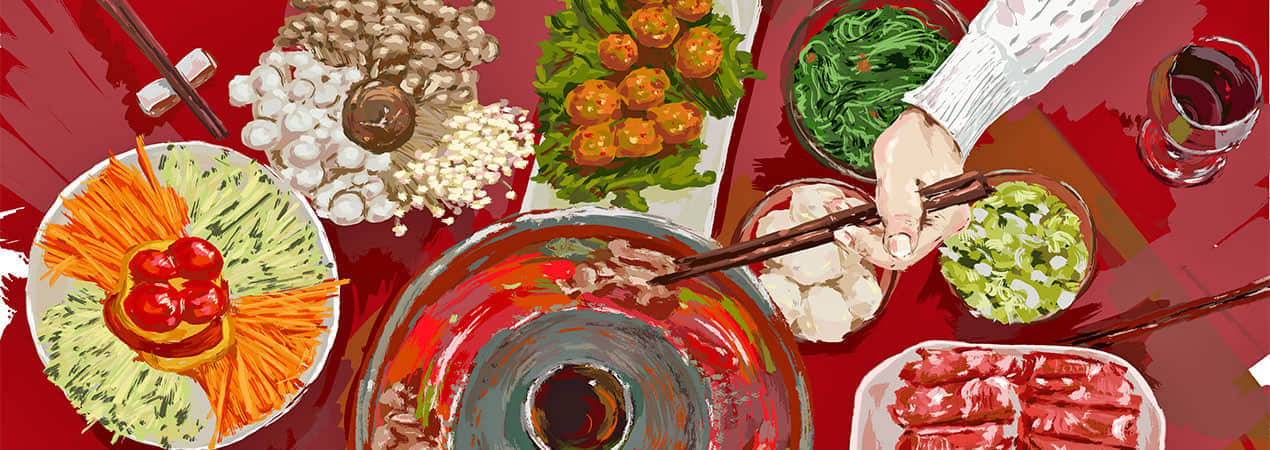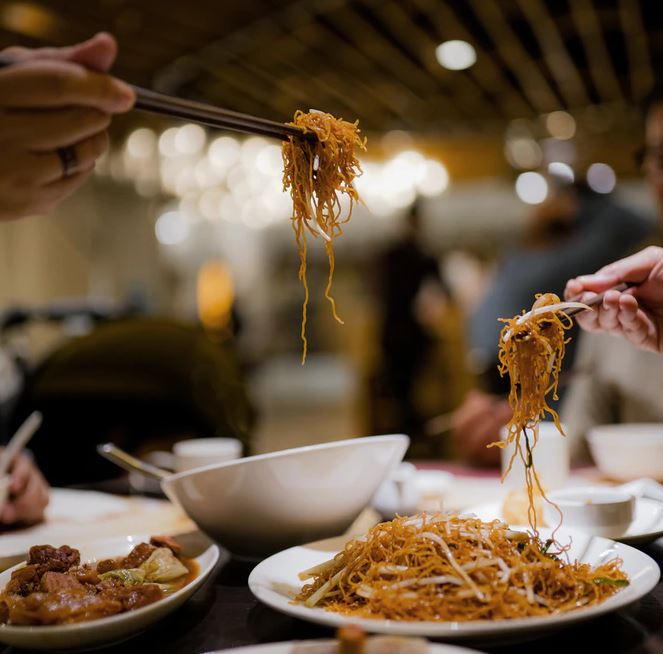20 Good Facts To Discover the Tastes of China Cities
Wiki Article
Top 10 Tips For Bargaining Etiquette While Shopping In China
1. Offer 50%-70% lower than the price quoted, then attempt to negotiate. Be polite however firm to show you're serious about your business.Pro Advantage: You can take your position without causing offense to the seller.Con A low price can make sellers feel uneasy, especially for items with less margin.
2. Find out the value of the marketBe sure to research the average cost of an item prior to purchasing.Pros: It prevents fraud and helps build confidence during negotiations.Con: It is time-consuming to research Particularly for unique or handmade goods.
3. Display Genuine IntentTip. Sellers are more than willing to bargain with you if they think that you're serious about purchasing.Pros: It improves your relationships and gives you a better chances of negotiating an offer.Con: Your overenthusiasm could be interpreted as a willingness or a desire to pay more. This will reduce your credibility.
4. Take a step back strategicallyTip - If the price doesn't drop, slowly walk away. Sellers might call you for a better price.Pro: A great strategy for obtaining the lowest possible cost.Cons: This may be counterproductive If the seller doesn't intend to cut price, especially for items that are in high demand.
5. Learn Basic Mandarin PhrasesTip: Phrases like "Tai gui le!" (Too expensive!) or "Pianyi the yidian ba" (Can you make it cheaper?) Show your effort.Pro: This makes the negotiation personal and usually softens seller's stance.Cons: The use of limited phrases may not work in more complicated negotiations.
6. Be patient and calmTips: Negotiations may take time. Keep a calm demeanor to avoid appearing desperate.Pro: Sellers often reward buyers who are calm and persistent with higher offers.Con: This requires lots of time and effort to succeed, particularly if you are in crowded markets.
7. Bring CashTip: Sellers may be more inclined to cut prices for cash payments rather than digital ones.Pro Cash discounts can be secured fast especially for small businesses.Con: Carrying cash in crowded places is risky because of pickpockets.
8. Group DiscountsTip: When buying multiple products, you can bargain for a lower price.Pro: Increases the negotiation skills and aids you negotiate the best deal.Cons: Purchases could be more expensive than you need and not always suit your requirements.
9. Don't Be Afraid to Say NoTip: If the seller won't reduce the price, politely decline the offer and walk away.Pro: You'll be able to get rid of the buyer's guilt and remain within your budget.Cons: It is possible to miss out on items you really wanted.
10. Be aware of when to not bargain.Shopping in department stores and high-end boutiques is not the best place to find bargains.Pro: Prevents embarrassment and keeps respect for cultural differences.Pros: Your chances of negotiation are limited in certain settings.
Bargaining in China has its advantagesNegotiating can reduce the cost by 50% or more..Cultural Experience: Participating in bargaining provides insights into local customs and customs.Personal Interaction: Builds an interaction with local vendors.Pros and Cons of Bargaining in ChinaHaggling can be time-consuming for new shoppers, in particular.Language Barriers: Communication can be difficult if you don't speak Mandarin.Some find bargaining can be stressful.Mastering these tips will allow you to haggle confidently in Chinese markets. View the best Chinese food culture guide for blog recommendations including from street food to fine dining in China, famous foods in China cities, taste your way through China, discover hidden food gems in China, Chinese food you must try, Chinese food culture guide, a tour of China regional cuisine, explore the best local eats in China, China food heritage revealed, culinary experiences across China and more.

Top 10 Tips For Dining Etiquette And Manners In China
1. Wait to Be Seated Tip If you are dining in formal surroundings, wait until your host or server directs you to a table. The seating arrangements reflect the hierarchy.Pro: Shows respect for the norms of culture and the authority of the host.Con Cons: In informal environments, the host's intentions may not be always in the clear, causing confusion.
2. Use the Chopsticks in a safe mannerTip: Avoid sticking chopsticks in rice upright, because it could be a resemblance to a funeral ritual. Use the holder to keep your chopsticks in place, or simply lay them on your plate, bowl or tray whenever they're not in use.Pro: Stops disrespectful behavior that is not intentional.Con: Learning proper chopstick etiquette might take practice for beginners.
3. Respect the EldersIt is recommended that the older or most senior person begin first. They are usually served first.Pro: Retains family structures and social hierarchies.Con: This approach may seem unnecessary when in casual settings.
4. Share DishesChinese food is shared by all. The dishes are served in the table's center for everyone to eat. Avoid taking the last piece unless offered.Pros: It promotes community spirit and shared experiences.Cons: Sharing could limit your options if you are picky about food.
5. Avoid Wasting FoodTips: Take the amount of food you're able to consume. The food you leave on the plate could be seen as rude or even wasteful.Pro: Expresses gratitude to the host for their effort.Con: Overestimating your appetite could cause you to struggle for the last bite.
6. Toast ProperlyHold your glass lower when toasting with others to show respect.Pro: Demonstrates politeness.Con: Could be a challenge to recall in a large group with multiple toasts.
7. Don't flip fish!Tip A word of caution: In south China flipping fish after having eaten one side of it is considered to be bad luck. This symbolizes the capsized ship.Pro: It is essential to be careful not to offend local superstitions.Con Contra: This custom is not applicable to the northern part of China.
8. The Slurp and Burp Are FineTips: Slurping noodles or soup is considered as a mark of pleasure, not rudeness. It is often regarded as a compliment for the chef.Pro: Allows you to relax and enjoy your meal without stressing about Western ways of eating.Con: This could be in be in conflict with your personal customs and values and make you feel uncomfortable.
9. Chopsticks shouldn't be pointed at by individualsUse chopsticks only for eating. Use them only for eating.Positives: The atmosphere is respectful in the restaurant.Cons: It's easy to forget the principle when you're engaged in a lively conversation.
10. Pay attention to who Pays the BillTip: In China the host typically insists on the payment of the meal. It's polite to offer but expect the host to resent you.Pro: Shows appreciation for the generosity of your host.Cons: Being too insistent often can appear uninsincere or awkward.
Cons of following Chinese dining rulesCultural Respect: Observing the customs of locals promotes goodwill.Social Bonding. The act of adhering to the traditions creates a bond and gratitude.Avoids Missteps: Proper etiquette helps you navigate unfamiliar dining situations smoothly.Genuine Experience: Being a part of traditional customs enriches your overall experience.Pros and Cons of Following China's Dining EtiquetteComplex Rules - The number of customs and regulations can be a bit confusing to those who are new.Regional Variations: Etiquette norms can differ between regions, causing potential confusion.The formalities can delay your meal.Unfamiliar Gestures: Certain actions like correctly using chopsticks require training and practice.By keeping these points with these in mind, you'll be confident enough to navigate Chinese dining habits with ease and have a fun and pleasant experience for yourself and your hosts. View the recommended discover China regional dishes for more tips including the ultimate guide to Chinese cuisine, a culinary journey through China, explore China food scene, discover Chinese street food, discover hidden food gems in China, must-try foods in China, delicious Chinese dishes to try, the flavors of Chinese cuisine, discover hidden food gems in China, discover Chinese street food and more.
